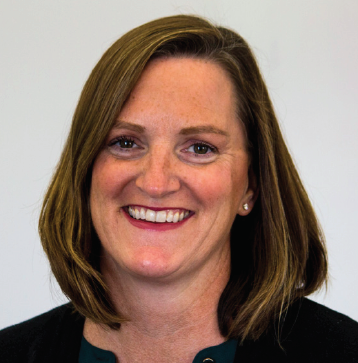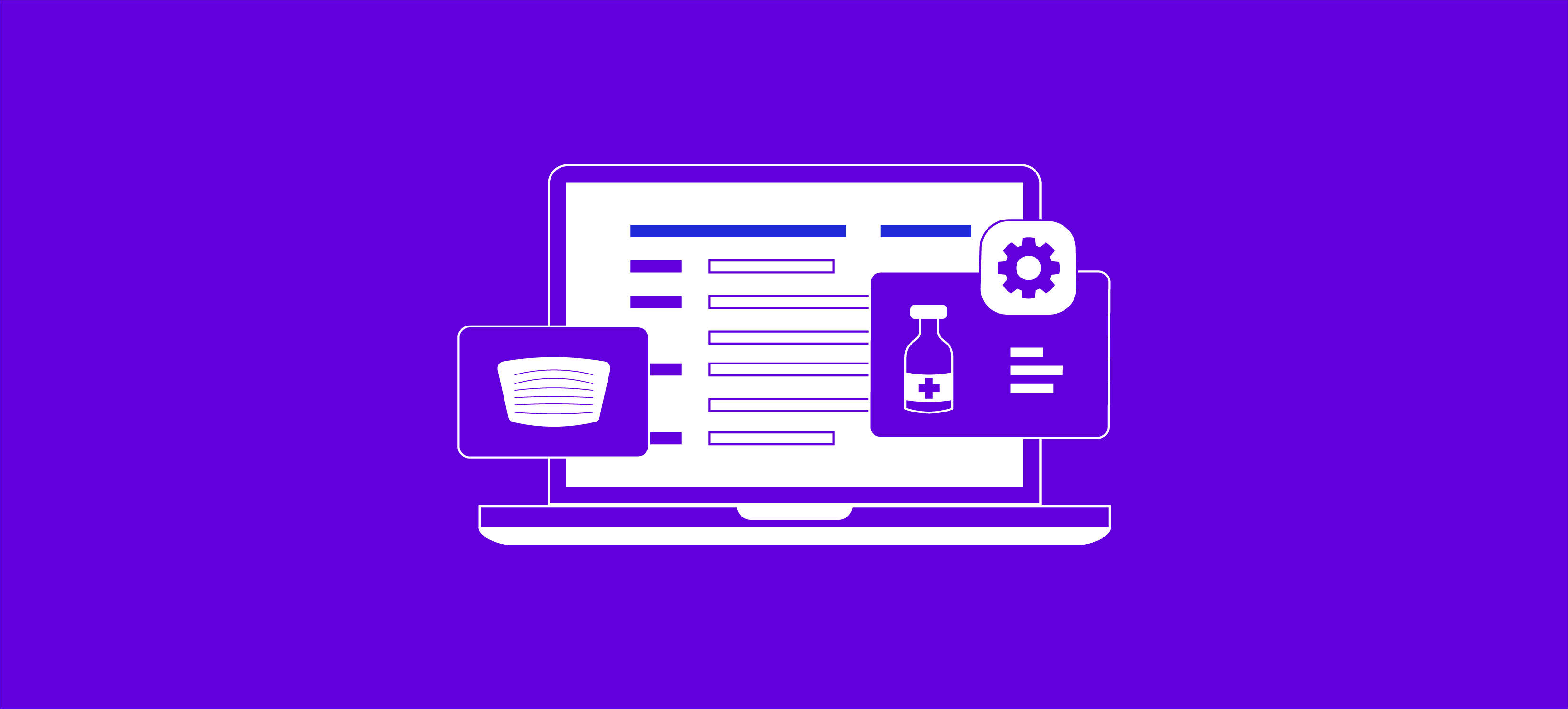Alarm Fatigue Solutions You Can Implement Right Away


Today it's unlikely to find anyone in acute healthcare—clinician or staff member—who has not heard of alarm fatigue. It’s a severe problem with the potential for significant danger to nurses and patients alike. In fact, your hospital is probably trying to address it, searching for alarm fatigue solutions to implement right away. This post is the third in a series of three about alarm fatigue in nursing.
As a nurse and a representative on a team tasked with providing solutions to reduce the number of alarms and alerts directed at clinicians, I discuss some of the alarm fatigue solutions and best practices I see hospitals putting in place today.
Battling the reality of alarm fatigue is an ongoing effort—with direction provided by organizations such as The Joint Commission, ECRI, and healthcare associations such as the American Association of Critical-Care Nurses (AACN). Hospitals nationwide are making changes to address it and are experiencing success on a case-by-case basis. And the problem is being addressed on many levels and in many ways, from shared organizational perspectives and the implementation of highly technical solutions to suggestions about modulating the tone and volume of a piece of equipment’s monitoring response.
We delve into three of the solutions achieving success.
1. Reducing the number of false alarms
In 2013, The Joint Commission’s National Patient Safety Goals provided a list of recommendations to help hospitals and other healthcare organizations reduce the number of false alarms in clinical settings. False alarms contribute to the overwhelming noise that patients and clinicians alike are forced to endure, day in and day out. The Joint Commission’s recommendations included:
- Training staff on protocols
- Analyzing and measuring the causes of alarms
- Building a culture of safety
- Staying on top of product recalls
Each of these is practical, implementable, and entirely appropriate. And each of these recommendations can be applied to situations beyond the scope of the false alarm. Because false alarms cause nurses real concern, they are only one of the aspects of alarm fatigue that healthcare is concerned with addressing. Nationwide, hospitals are working diligently to take appropriate action in response to this list.
2. Reviewing the types of noises used in alarms and alerts
Another approach making headway in addressing alarm fatigue is being advocated by a group of researchers, specialists, and medical professionals. Emily S. Rueb, writing for The New York Times, noted, “Together, this group is developing tones that replace the anodyne blare of the current alarms with signals that mimic electronic dance music or a heartbeat.” According to the article, the group works to make alarms quieter, combining audible alarms with visual cues like interactive screens that look like paintings, and developing a new standard for notifications.
Taking a hard look at individual alarm sounds and volume levels is an integral part of developing alarm fatigue solutions. As a result, research and testing of "better noises"—snippets of music, whistles, or other means of battling "beeps" is badly needed. There's great value in initiatives such as the one addressed in the NYT article, and there’s something else essential to addressing alarm fatigue: Implementing very thoughtful decision-making around alerts and alarms.
Let me tell you what I mean.
“Just because you can, doesn’t mean you should”
This is a favorite saying of mine that applies to alarm and alert fatigue in so many situations. At symplr, a part of our research in building solutions entails sitting with a clinical audience and analyzing how alarms and alerts are delivered across the organization.
In our experience, best practices for alarm fatigue solutions include bringing stakeholders together to review, understand, and inventory the alerts of each system. Then, we recommend creating a baseline of what alerts each machine is sending—and to whom. This baseline is vital because without it you run the risk of compounding the problem from system to system, feeding the danger of desensitization—otherwise known as alarm fatigue.
For example, we expect nurses to respond to multiple alerts for multiple patients throughout their shifts. In the first post in this series, I wrote about the types of alarms and alerts and notifications hospitals use to monitor patients. The combination of message types multiplied by the high volume of patients assigned to a nurse in a 12-hour shift can have a desensitizing effect on a nurse. The sheer number of interruptions in providing patient care can feel overwhelming.
As a result, we need to closely examine—and being thoughtful about—who gets a particular alert. It's vital to decide what notifications must interrupt a nurse, and what messages or calls can, for example, be routed to a healthcare tech or a unit secretary? Remember, just because an alarm or alert doesn’t warrant nurse intervention does not mean it’s not meaningful. But diverting an alert away from a busy nurse can make a huge positive difference in mitigating alarm fatigue.
As a first step, gather stakeholders—clinical owners, operational owners for alarm management, nurse call representatives, or others—to create an inventory. Develop the baselines and then make decisions with the clinical audience to standardize those across your care environment. And make very few exceptions.
After that, training is essential. It’s a vital training point to tell a unit clerk, for instance, that they have just as much impact on patient satisfaction as a nurse would when they quickly answer the phone and triage a call from a patient. Such knowledge builds a sense of importance for the unit clerk and helps decrease nurse distraction.
3. Next steps: Bring on a full clinical collaboration platform (CCP)
Once you have created the inventory, reviewed how your organization is sending alarms and alerts, and have decided to standardize, the next step is to bring on a full clinical communications platform (CCP). A CCP routes messages and alerts from the sending system to the right individual (i.e., the one assigned to that patient). This enables your organization to leverage the role-based communication tools from the sending system.
It works in this way: As a nurse receives a message and realizes he must contact someone. The patient in question continues to have an increased respiratory or re-increased heart rate. Using the role-based communication functionality of a CCP, the nurse avoids calling on the wrong on-call resource. He’ll get to the right person who can help solve the problem immediately, bypassing the confusion and lost time of looking for the correct individual.
Consider this: When the time frame for solving an issue is condensed using a CCP, the result is often better patient outcomes. Patients can be discharged faster, quicker bed turnover occurs, and more patients can be admitted. And from the patient perspective? They’re happier because they feel like their issues are being addressed. Clinicians, too, benefit. They'll feel less stressed, getting only the messages that they should be receiving.
What is a clinical communications platform (CCP)
“The term clinical collaboration platform (CCP) describes a single platform that unifies fragmented healthcare communications across an enterprise or community, making communication and collaboration between clinicians fast, easy, and secure,” according to Jose Barreau, MD, CMO of Halo Health, now a part of symplr.
For example, the symplr Clinical Communications platform streamlines time-sensitive clinical communication and workflows to increase nurse efficiency and accelerate patient care by:
- Streamlining clinical communication workflows
- Sending only mission-critical alerts to mobile devices
- Eliminating wasted time searching for on-call physicians and avoiding interruptions of off-duty physicians
- Accelerating critical care team coordination such as STEMI, Stroke, Sepsis, and COVID-19
- Improving admission/discharge processes to increase patient throughput
- Standardizing communication across the organization
symplr's clinical communication platform centralizes critical alerts to reduce nurse fatigue. It accomplishes this through robust integrations (TAP, WCTP, SIP) with nurse call systems and physiological monitors.
With the CCP in place, you will have consolidated your clinical communications and standardized communications across the organization. With role-based communications, your nurses will be able to perform their jobs more efficiently and with less stress.
Final thoughts
There’s a lot of concern about the danger of alarm and alert fatigue, and today, as the COVID-19 crisis deepens, hospitals and medical institutions are under increasing pressure to streamline and simplify communications and processes. Numerous alarm fatigue solutions exist and more are being introduced.
A successful alarm fatigue solution must enable your organization to carefully assess which individuals must receive which alarm or alert for every process and piece of equipment involved in patient care. The only practical way to decrease alarm fatigue levels is to implement change at the most basic levels by streamlining and simplifying how nurses communicate.
At symplr, we understand this fact. We are experts in improving clinical collaboration and communication in hospital workflows. And we have completed hundreds of implementations of our clinical collaboration platform. We are clinically focused. We have found in the conversations from hospitals to hospitals that we understand the variation in necessary configurations. And we can show an organization’s stakeholders how the implementation can help solve a broad range of problems that can ripple across the entire enterprise.
This is the third of three posts related to the topic of alarm fatigue and its impact on nurses in hospital settings. The first post defines alarm and alert fatigue. The second post delves further into the dangers of alarm fatigue.
